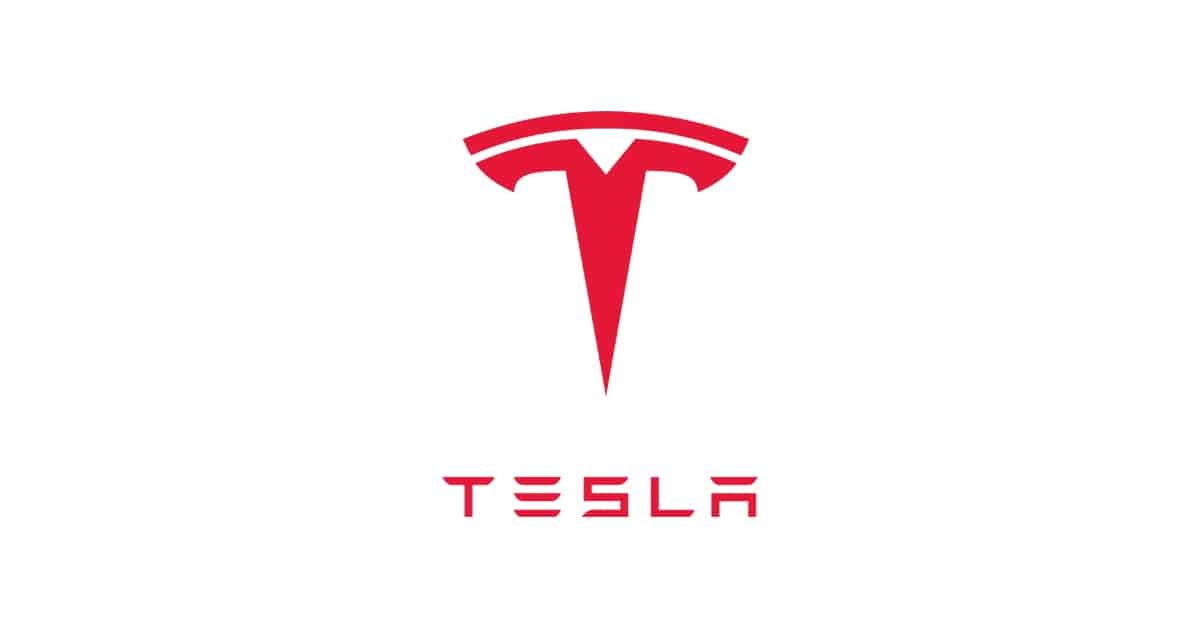This is a step-by-step stock review to answer the question, is Tesla (TSLA) stock a good buy?
This article will teach you how to use the 4Ms of investing. This will be a detailed walkthrough to show you how the 4Ms work and why they are important. If you are interested, you can log into Tykr to use the 4M Confidence Booster (Powered by OpenAI) which will allow you to complete a 4M Analysis in less than 60 seconds.
What are the 4Ms?
- MOS (Margin of Safety) – The MOS is the math part of investing which includes the Summary, Score, and MOS (Margin of Safety).
- Meaning – The meaning is the business model and how scalable the revenue streams are.
- Moat – The moat is how the business compares to other companies in the same Sector and Industry.
- Management – The management is the track record of the CEO.
What 4M score are we going for?
- 80-100 = High confidence – Yay! You should have high confidence buying this stock. It passes all 4M!
- 60-79 = Moderate confidence – Alert! There may be better stocks in the market. Only buy this stock if you truly believe the company will improve!
- 0-59 = Low confidence – Warning! There are better stocks in the market. Due to the low score, you should consider looking at other stocks.
Table of Contents
The following links will direct you to key topics to help answer the question, is Tesla (TSLA) stock a good buy?
1. Tesla Company History
When investing in stocks, it’s important to know the company’s history. This helps us understand the various revenue streams, if they acquired other companies, how they grew through difficult times, and how they separated themselves from the competition.
4. Moat
When investing in a company, it’s important to understand how a company ranks against other companies in the same sector and industry. Based on the Score, here is how Tesla stacks up against other companies.
- Tesla (TSLA) – 72
- Mullen Automotive, Inc.(MULN) – 61
- Li Auto Inc.(LI) – 61
- Rivian Automotive, Inc.(RIVN) – 56
- GreenPower Motor Company Inc.(GP) – 45
- Cenntro Electric Group Limited(CENN) – 34
To see the most up-to-date Summary, Score, and MOS and each stock, please log into Tykr.
5. Management
When investing in a company, it’s important to understand who the CEO is, what they have accomplished in the past, and how they have helped this company grow. Good leaders typically have stronger cultures, less turnover, and better returns in the stock market.
- Elon Musk led Tesla’s transformation into a leader in electric vehicles (EVs) and renewable energy solutions.
- He oversaw the development and launch of groundbreaking electric cars, including the Model S, Model 3, Model X, and Model Y, making EVs mainstream.
- Musk spearheaded the creation of the Gigafactories, revolutionizing battery production and significantly reducing costs.
- Under his leadership, Tesla introduced innovative technologies like Autopilot and Full Self-Driving (FSD), pushing the boundaries of autonomous driving.
- He championed the development of the Tesla Energy division, which produces solar panels and the Powerwall home battery, promoting sustainable energy solutions.
- Musk’s vision for a vertically integrated company led to advancements in manufacturing processes, enhancing efficiency and scalability.
- He played a key role in making Tesla the world’s most valuable automaker by market capitalization, reflecting investor confidence in the company’s future.
- Musk’s focus on innovation and sustainability has driven Tesla’s mission to accelerate the world’s transition to sustainable energy, influencing the broader automotive industry to embrace electric mobility.
6. 4M Score
All of our homework on this company leads up to the 4M Score. A lot of investors only look at the numbers. Yes, it’s important to look at the first M (MOS) which is the math part of investing but it’s also important to look past the numbers and also look at the Meaning, Moat, and Management. If all 4Ms pass, we should have high confidence in buying this stock.
What 4M score are we going for?
- 80-100 = High confidence – Yay! You should have high confidence buying this stock. It passes all 4M!
- 60-79 = Moderate confidence – Alert! There may be better stocks in the market. Only buy this stock if you truly believe the company will improve!
- 0-59 = Low confidence – Warning! There are better stocks in the market. Due to the low score, you should consider looking at other stocks.
👉 The 4M Score of Tesla (TSLA) is 78/100.
To see the most up-to-date 4M Score, please log into Tykr.
7. Is Tesla (TSLA) stock a good buy?
Some of the top questions investors can have is Tesla (TSLA) stock a good buy or should I buy Tesla (TSLA) stock?
Investing in Tesla is compelling. Tesla leads the electric vehicle (EV) market with innovative technology, strong brand loyalty, and ambitious growth plans. Its focus on sustainable energy, with products like solar panels and energy storage, expands its market reach. However, consider risks like market competition, production challenges, and regulatory changes. If you believe in the future of EVs and sustainable energy, Tesla’s pioneering role makes it a promising investment. Always research thoroughly before making investment decisions.
—
To truly know if Tesla is a good stock to buy or sell, we recommend you log into Tykr. Within seconds you can see the Summary, Score, MOS, and 4M Score.
If you found this stock review interesting, you may also like this review on Zim Integrated Shipping Services.

